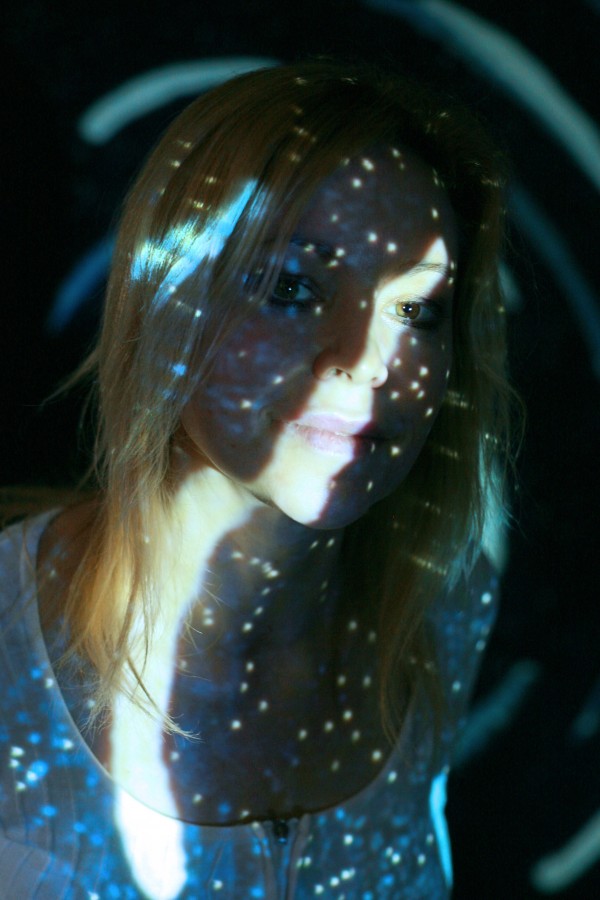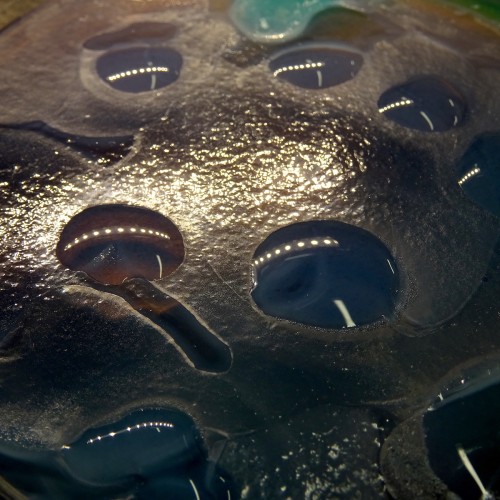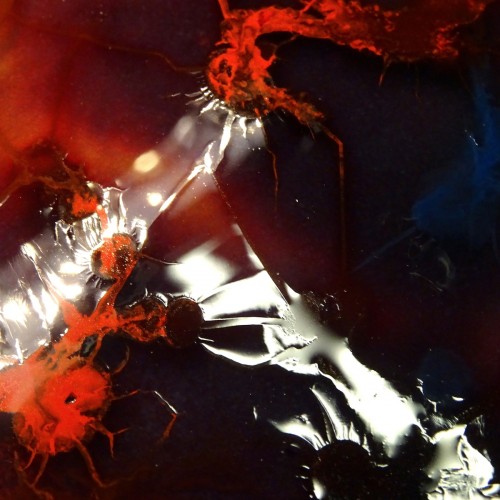One view shared by Stephen Hawking is pragmatic. Earth may only continue to support us for around another billion years before our own sun collapses and becomes a red dwarf star. When this occurs, our environment will be so hot that it will make the current concerns of a four degree temperature rise associated with the current predictions for climate change look like we’ve been splashing around in Charles Darwin’s warm little evolutionary pool.
Yet, the prospect of leaving our ‘pale blue dot’ and venturing into the great unknown defies accomplishment during any single generation. How we achieve this mission affects our survival as a species and also speaks to a new understanding of humankind for the third millennium. Indeed, epic mythologies that can respond to the constantly changing conditions of our existence are needed, so that we may write new stories about who we are, what our purpose is, and envision the kinds of future we wish to construct. These profound questions shape an understanding of who we are. They compel us to produce new artworks, music and poetry, so that we may construct ongoing futures.
Meta.Morf 2016 proposes to explore some of these pressing questions through an artistic dialogue that takes place within an interdisciplinary community. While science and technology are practical cornerstones of journeying beyond this planet, it is art that has kept our collective human project alive. Since the beginning of our recorded history we have imagined ourselves traveling to worlds beyond our own and wrote the stories of these adventures in the night sky.
One of the most intriguing aspects of how opening new territories for exploration changes our image of reality. Our identification as a terrestrial community was heightened by the Moon Landings, which produced iconic images of our world from the void of space. These stark yet delicate images spoke to an emerging sense of ‘oneness’ with the Earth and altered our collective consciousness in ways that began the environmental era. The scenographic positioning of our planet against the blackness of space reminds us that we live in a void. Currently, in the proliferating blackness of space our planet seemingly teeters as a fragile oasis, its blue oceans beckoning space travelers back home, like a forget-me-not. This existential selfie invites us to gaze backwards towards our origins – from where, Carl Sagan reminds us, everything of any significance across all time, has arisen.
Since then, our little blue dot has become a cosmic message. Its images are beamed in pulses such as from the Curiosity Rover that stared homeward at the Earth in the night sky over the russet landscapes of Mars. The Juno spacecraft also relayed amazing “starship-like views” of Earth and the Moon as it made a speedy flyby past our planet on its way to Jupiter, while the Cassini probe played peek-a-boo played underneath the structured rings of Saturn.
Yet, the pale blue dot that has become so iconic that it also foregrounds all other perspectives into the cosmos. Increasingly we’re beginning to understand the diverse nature of interplanetary space that is documented through images relayed by robotics from the boiling sulphuric acid skies of Venus to the chilly methane seas of Europa and in passing the icy terrains of hell, have carved a pathway to deep space.
As detailed new images of Pluto and Ceres are transmitted back to us via NASA’s New Horizons and Dawn probes respectively, they provide us with incredible information about the character of these celestial bodies. We are reminded that we have always been in space, and always will be, whether we leave the planet or not. In a very real sense, all of Earth’s life forms are astronauts and members of Spaceship Earth.
Such images are not merely nostalgic or decorative. They are inspiring, intriguing and provoke further questions about our future in the cosmos. Even now, ‘home’ is recognized through an inwards gaze towards the Earth from the myriad landscapes of our expansive universe. But with the production of new images and alien worlds, our perspective of space exploration and our place within its vast terrains is also changing.
As the Voyager 1 probe stared back at its mother planet from the outer fringes of our solar system, its parting images announced a new era. Inviting us to leave the comforts of Earth and settle new worlds, it encouraged us to make radical breaks with our present identity and find new places to call ‘home’.
Meta.Morf 2016 – “It’s nice to be in orbit!” – event programme will begin some of these conversations that look outwards from this planet towards the stars with a new gaze and search for a sense of belonging in the unchartered spaces and terrains of the universe. It takes us on a journey from how space is currently experienced, towards a nearer-term future that prospects interplanetary habitats looming and looks beyond the limits of our solar system and towards a future where we may colonize interstellar space.
These questions are not simply engineering issues but engage with the history and culture of human civilization. They raise deeply philosophical and cultural questions that ask what it means to be human and how we may thrive on our own planet. More than a mirror of Earth’s cultural agendas, the extreme nature of space requires us to transform its strange environments into ecological terrains that promote our ongoing survival.
Artists such as, Cathy Le Couteur + Nick Ryan transform the problematic issue of space junk into sound art and Agnes Meyer-Brandis weaves gorgeous mythologies where a moon base can be operated by a flock of trained moon geese. Such visionary art is even opening up new possibilities within space exploration today and provides new kinds of work such as Rolf Hughes’ space poetry and the quantum swarm architectures of Krists Ernstsons that explore human survival and our expansion into the known universe. Within these extreme environments, traditional notions of embodiment are reconfigured. Sarah Jane Pell’s notion of divergent human embodiment is indistinguishable from environmental interactions, while Lucy McRae’s body architecture swallows and remoulds matter.
Indeed the role of artists as inventors of new spaces and experiences is no more profound than Douglas Trumbull, artistic director of “2001: A Space Odyssey” that has shaped the cultural imagination of what space should be. Trumbull invents analogue special effects and produces new ways of dreaming into the unknown. Artists like Gareth Hunt grows chemical universes and sets the scenography for projects like Frederik de Wilde’s starship prototypes to knit the threads of interstellar highways in which no kind of material synthesis was thought possible.
Meta.Morf 2016 connects us with an expanding reality, not just as the spaceship crew on one brilliant planet, but as many civilizations. Perhaps, facing the prospect that we are no longer Earthbound but are now free to roam, we can set a different course than Ed White, the first American to spacewalk during the Gemini 4 mission on 3 June 1965, who observed, “I’m coming back in… and it’s the saddest moment of my life.”


